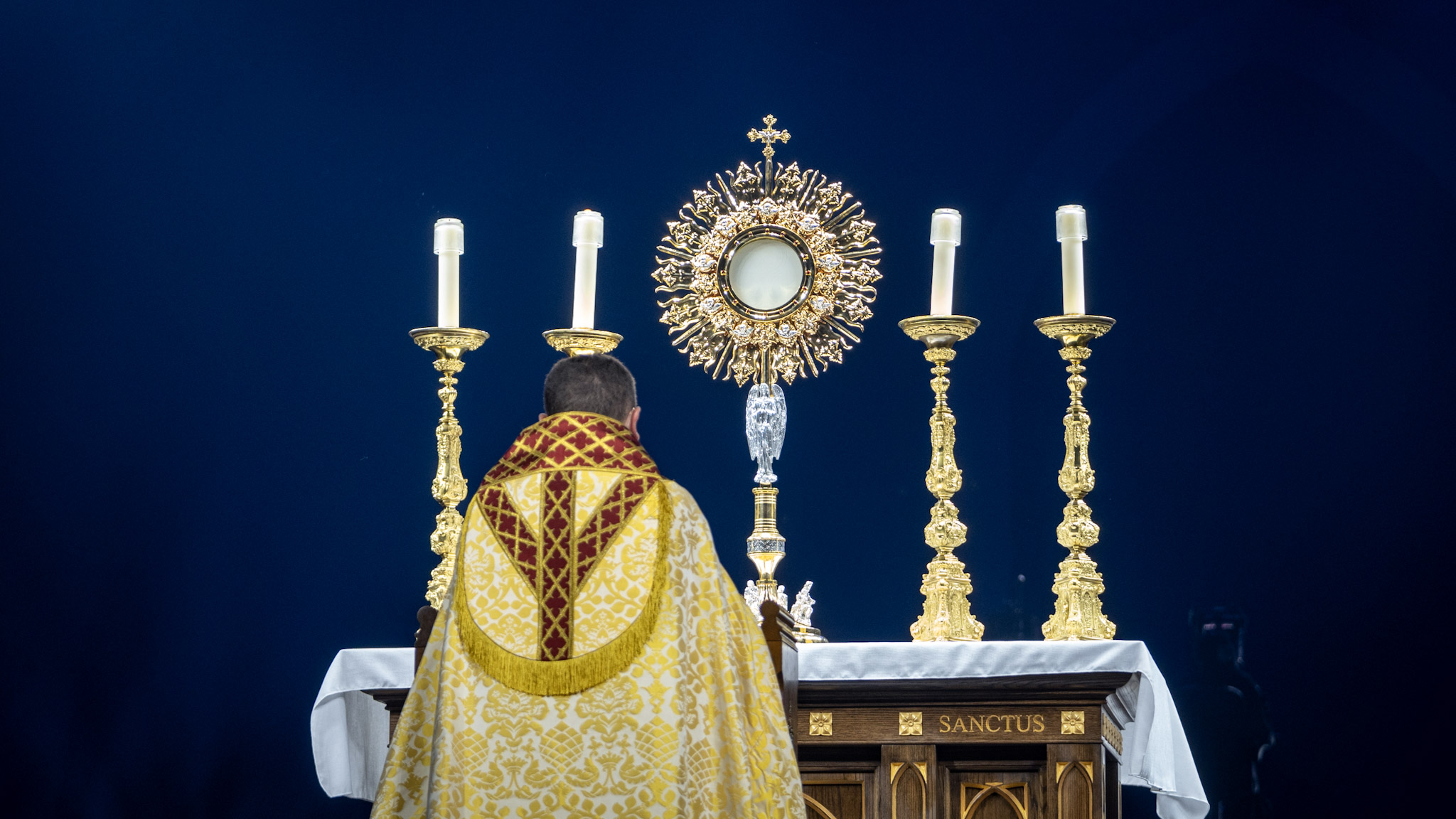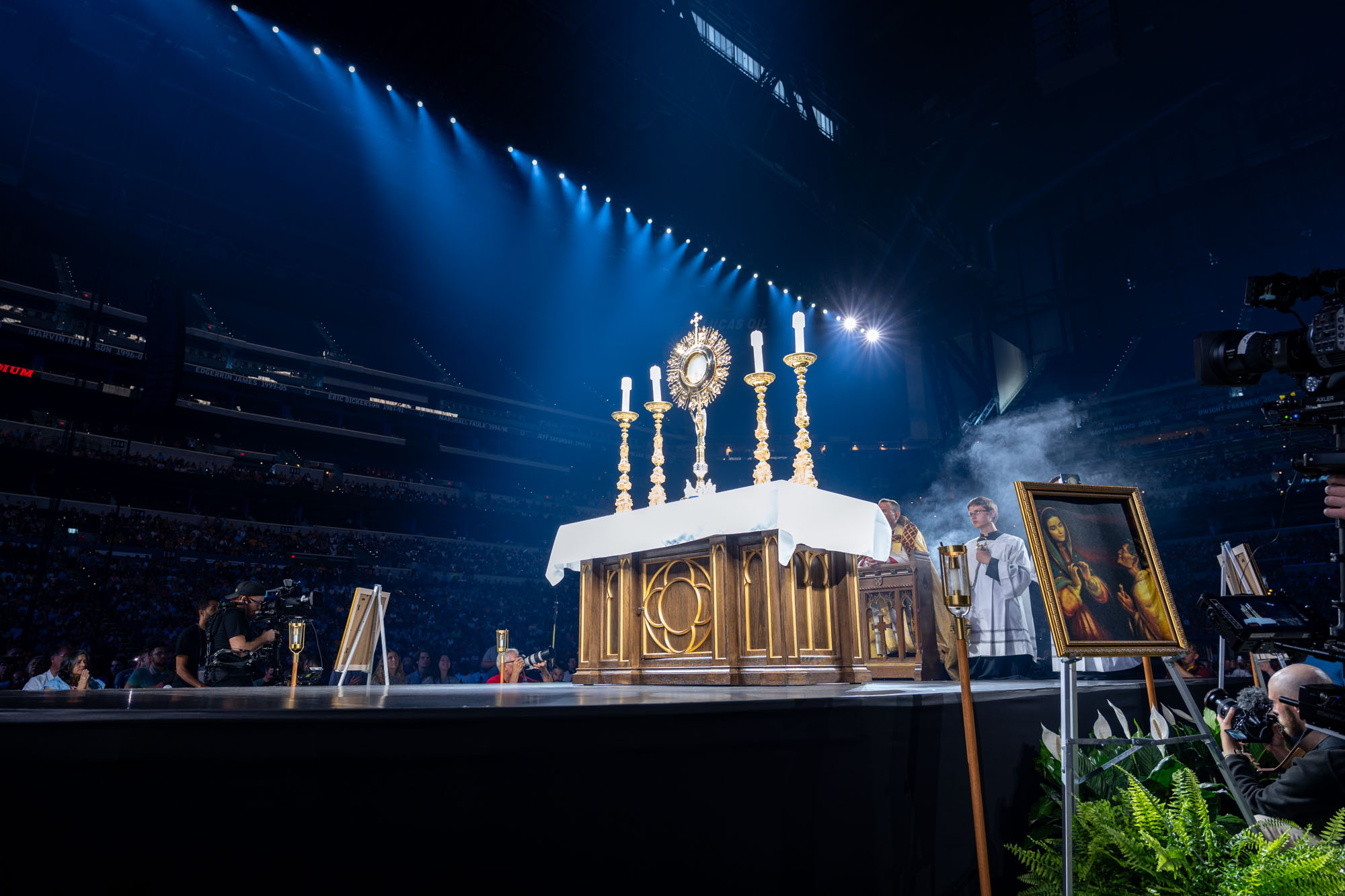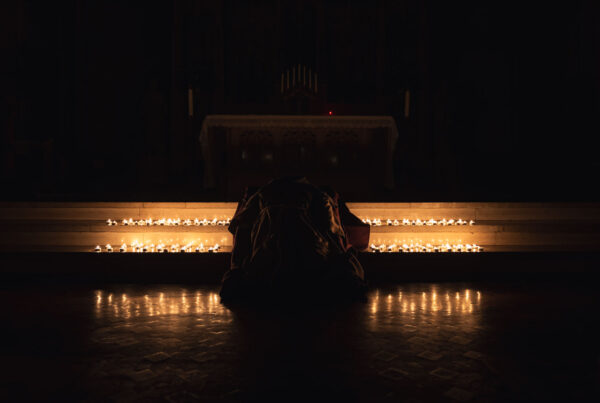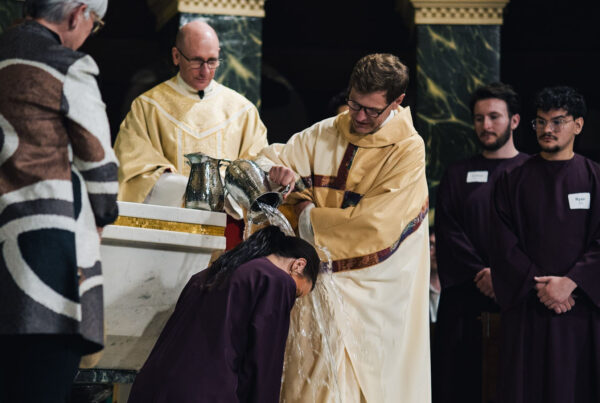1. Introduction
Holy Week, also known as Passion Week, is the most sacred week in the Christian liturgical year. It is a time for reflection, repentance, and remembrance of the final week of Jesus Christ’s earthly life, leading up to his crucifixion, death, and resurrection.
It is preceded by Septuagesima, Sexagesima, and Quinquagesima Sundays.
For Catholics, Holy Week is a profound journey of faith, a re-enactment of the pivotal events that form the core of Christian belief. It is a time to draw closer to Christ, to contemplate his sacrifice, and to renew one’s commitment to following him. This article will delve into the history, significance, and observances of each day of Holy Week within the Catholic Church.
2. History of Holy Week
The observance of Holy Week dates back to the earliest days of Christianity. While the exact form of the celebrations has evolved over centuries, the core themes of remembering Christ’s Passion and anticipating his Resurrection have always been central. Early Christians in Jerusalem commemorated the events of Holy Week in the very places where they occurred. Pilgrims would travel to the city to walk in the footsteps of Jesus, visiting sites like the Mount of Olives, Gethsemane, and the Holy Sepulchre.
As Christianity spread, these practices were adopted and adopted by local churches around the world. The liturgical rites and ceremonies we know today developed gradually, incorporating scriptural readings, prayers, hymns, and symbolic actions. The development of the Roman Rite, which became the dominant form of worship in the Western Church, played a crucial role in standardizing the observance of Holy Week. Over time, various traditions and customs arose in different regions, adding richness and diversity to the celebrations.
Would you like to stay close to the Holy Eucharist all day long?
Now you can, I have 8 Holy Eucharist Wallpapers for you, so you can stay connected with Jesus Christ anywhere you are!
3. The Days of Holy Week
Holy Week begins on Palm Sunday and culminates in the joyous celebration of Easter Sunday. Each day of the week holds specific significance and is marked by distinct liturgical observances.
Palm Sunday, April 13th
Palm Sunday commemorates Jesus’ triumphant entry into Jerusalem, as described in the Gospels (Matthew 21:1-11, Mark 11:1-10, Luke 19:28-44, John 12:12-19). Crowds greeted him with palm branches, hailing him as the Messiah, echoing the Old Testament prophecies of a king coming to his people. In Catholic churches, palm branches are blessed and distributed to the faithful. These palms serve as a reminder of Christ’s kingship, but also a foreshadowing of his impending sacrifice. The joyous procession with palms contrasts sharply with the reading of the Passion narrative during the Mass, a stark reminder of the suffering that awaits Jesus. This juxtaposition highlights the paradoxical nature of Christ’s kingship – one of humble service and sacrifice, not earthly power.
Holy Monday, April 14th
Holy Monday often focuses on Jesus’ authority and his cleansing of the Temple (Matthew 21:12-17, Mark 11:15-19, Luke 19:45-48). The Gospel reading recounts how Jesus drove out the money changers and merchants from the Temple, proclaiming it a house of prayer, not a marketplace. This act symbolizes Jesus’ zeal for God’s house and his challenge to the religious authorities of the time, who had allowed the Temple to become a place of commerce and exploitation. It also calls to mind the need for inner cleansing and purification in our own lives, urging us to examine what “clutters” our relationship with God. Often, the readings and homilies on Holy Monday encourage reflection on personal piety and the true meaning of worship.
Holy Tuesday, April 15
Holy Tuesday focuses on Jesus’ teachings and his confrontations with his opponents. The Gospel readings often include parables, such as the parable of the talents (Matthew 25:14-30) or the parable of the ten virgins (Matthew 25:1-13), which emphasize the importance of preparedness, faithfulness, and using our gifts wisely. Other readings might include Jesus’ warnings to the Pharisees or his discourse on the end times. It is a day to reflect on our own stewardship of the gifts God has given us, our use of time and talents, and to examine our readiness to meet him. The themes of judgment and accountability are often present.
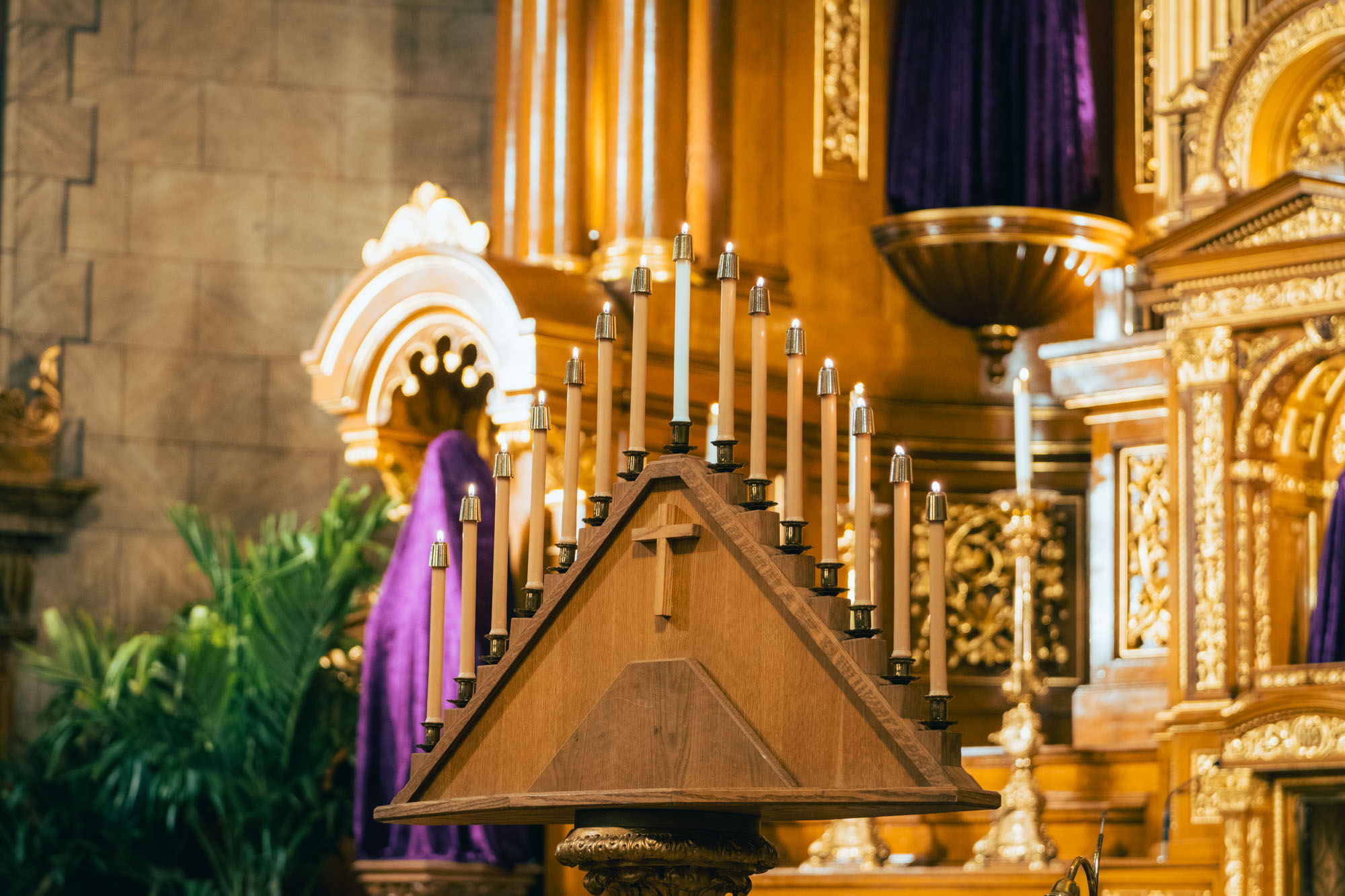
Holy Wednesday, April 16th
Holy Wednesday is sometimes referred to as “Spy Wednesday” because it recalls Judas Iscariot’s betrayal of Jesus (Matthew 26:14-16, Mark 14:10-11, Luke 22:3-6). The Gospel reading often recounts how Judas agreed to betray Jesus for thirty pieces of silver. This day serves as a somber reminder of the human capacity for betrayal, the insidious nature of sin, and the devastating consequences of greed. It is a time for introspection and repentance, a day to examine our own loyalties and to pray for strength against temptation. The imagery of darkness and betrayal pervades the liturgies of this day. On this day in many churches, Tenebrae Service will be held.
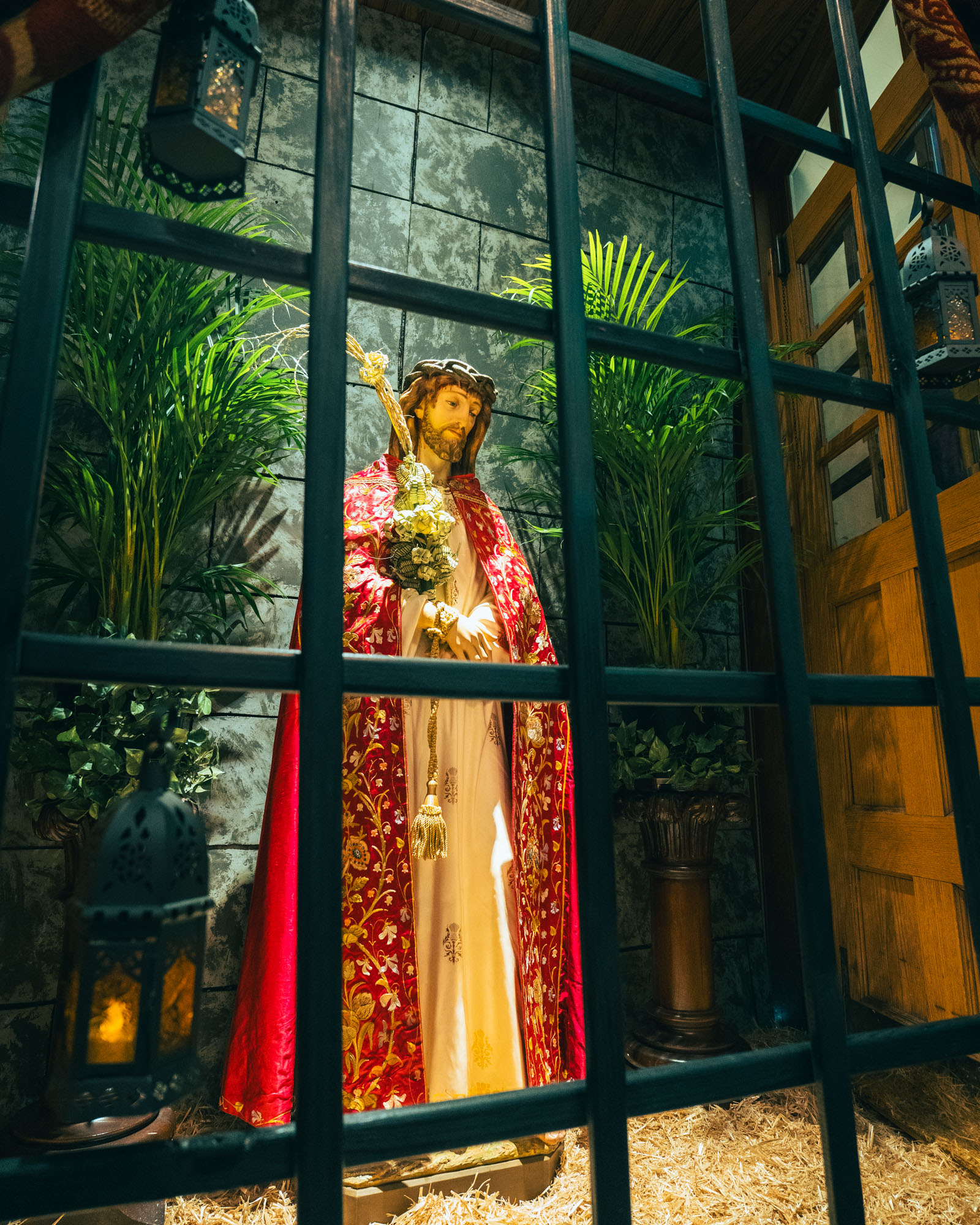
Holy Thursday, April 17th
Holy Thursday is a particularly significant day, as it commemorates the Last Supper, the institution of the Eucharist (Matthew 26:26-29, Mark 14:22-25, Luke 22:14-20, 1 Corinthians 11:23-26), and Jesus’ washing of the disciples’ feet (John 13:1-17). The Mass on Holy Thursday is a celebration of the gift of the Eucharist, the Real Presence of Christ in the bread and wine.
It also emphasizes the importance of service and humility, as exemplified by Jesus’ act of washing his disciples’ feet, a task typically performed by servants. Many churches hold a special Mass of the Lord’s Supper in the evening, often followed by Adoration of the Blessed Sacrament, remembering Jesus’ agony in the Garden of Gethsemane (Matthew 26:36-46, Mark 14:32-42, Luke 22:39-46). This adoration often continues late into the night, mirroring the disciples’ vigil with Jesus before his arrest.
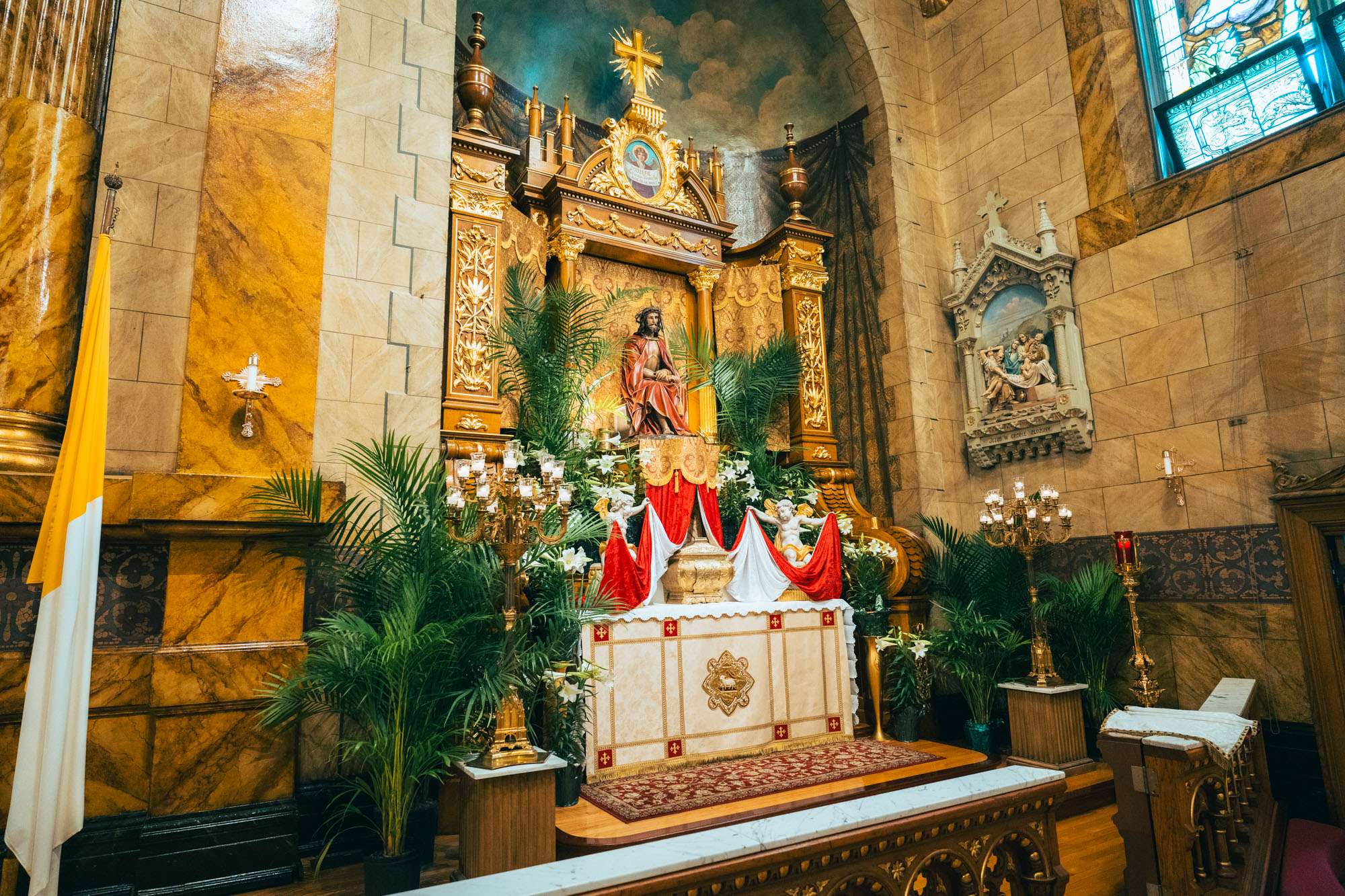
Good Friday, April 18th
Good Friday is a day of mourning and solemn remembrance of Jesus’ crucifixion and death (Matthew 27:1-66, Mark 15:1-47, Luke 23:1-56, John 18:28-19:42). It is a day of fasting and abstinence for Catholics. The liturgy on Good Friday includes readings from the Passion narrative, veneration of the cross, and often a Communion service using hosts consecrated on Holy Thursday. The atmosphere is somber and reflective, focusing on the immense sacrifice that Jesus made for humanity. Many churches hold special services, such as the Stations of the Cross, which trace Jesus’ journey to Calvary, allowing the faithful to meditate on his suffering and sacrifice. The cross, normally a symbol of victory, becomes a stark reminder of the cost of redemption.
Holy Saturday, April 19th
Holy Saturday is a day of waiting and anticipation. It is a day of quiet reflection on Jesus’ burial and his descent into hell (1 Peter 3:18-20). The Church remains in mourning, but there is also a sense of hope and expectation for the Resurrection. The mood is one of quiet contemplation, reflecting on the mystery of Christ’s death and the promise of his return.
In the evening, the Easter Vigil is celebrated, which is the most important liturgy of the year for Catholics. This vigil begins in darkness, symbolizing the darkness of sin and death, and culminates in the lighting of the Paschal Candle, symbolizing the light of Christ’s resurrection. During the vigil, catechumens are often baptized and confirmed, formally entering the Church.
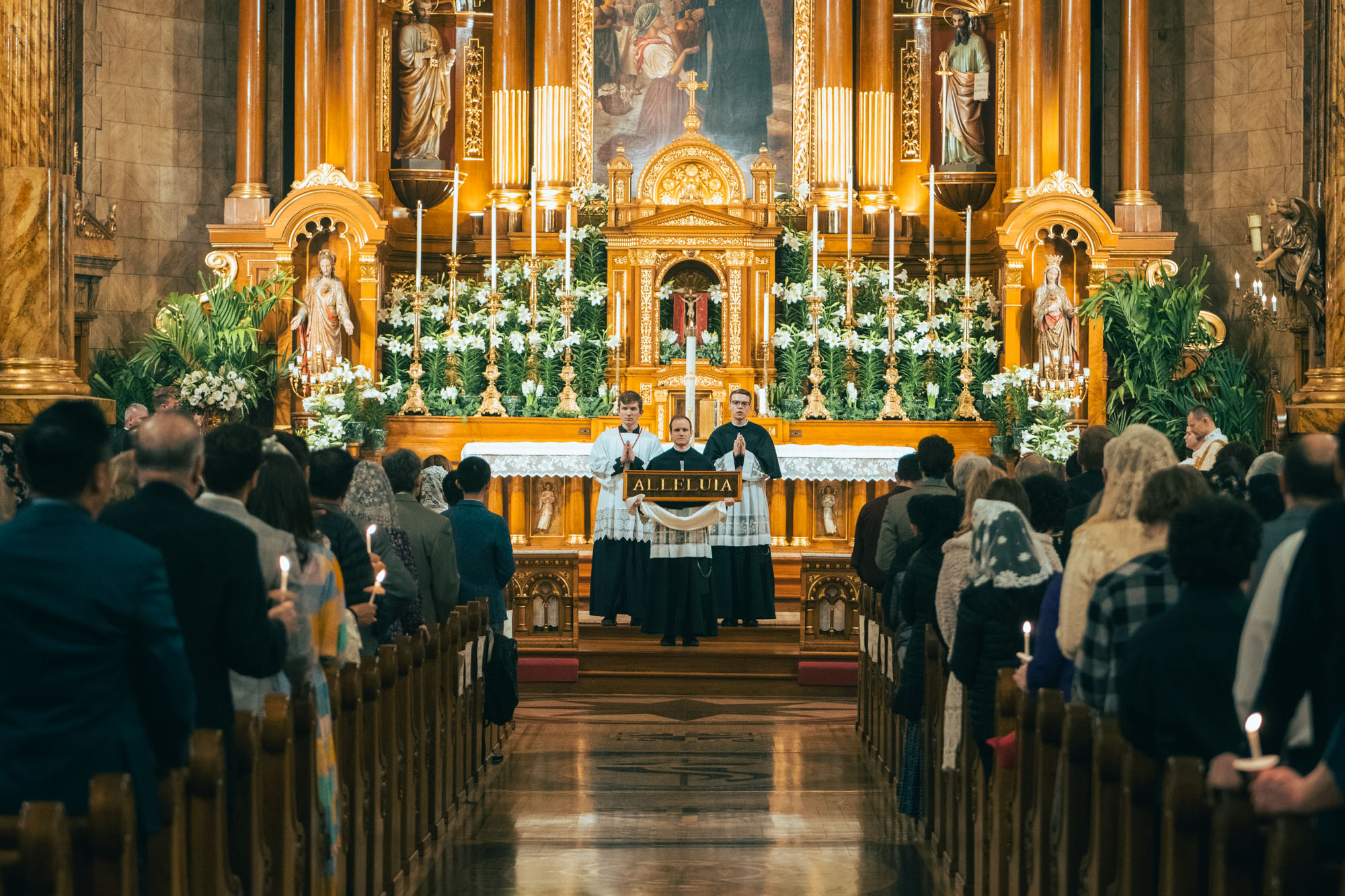
Easter Sunday, April 20th
Easter Sunday is the culmination of Holy Week and the most joyous feast in the Christian calendar. It celebrates the resurrection of Jesus Christ from the dead (Matthew 28:1-10, Mark 16:1-8, Luke 24:1-12, John 20:1-18), the foundation of the Christian faith.
The Mass on Easter Sunday is filled with joyful hymns, festive decorations, and the proclamation of the Good News: Christ is risen! It is a day of celebration, hope, and new beginnings. The empty tomb is the central image of Easter, a powerful testament to the victory of life over death. Easter Sunday marks the beginning of the Easter season, a period of fifty days that celebrates the risen Christ and the gift of the Holy Spirit.
4. The Significance of Holy Week
Holy Week is a time of profound spiritual significance for Catholics. It is a journey through the most important events in the life of Jesus, from his triumphant entry into Jerusalem to His glorious resurrection. By participating in the liturgies and reflecting on the scriptural readings, Catholics are invited to deepen their understanding of Christ’s love and sacrifice.
Holy Week is a time for repentance, for seeking forgiveness, and for renewing one’s commitment to following Jesus. It is a time to contemplate the mystery of God’s love for humanity and the hope of eternal life that is offered through Christ’s victory over death.
5. Summary
Holy Week is a sacred and transformative time for Catholics. It is a journey through the heart of the Christian faith, a remembrance of the pivotal events that changed the course of history. From the joyous procession of Palm Sunday to the triumphant celebration of Easter Sunday, each day of Holy Week offers an opportunity to draw closer to Christ, to reflect on his love and sacrifice, and to renew one’s commitment to living a life of faith. By actively participating in the liturgies and embracing the spiritual richness of this holy week, Catholics can experience a deeper understanding of their faith and a renewed sense of hope in the promise of eternal life.
Resources:

